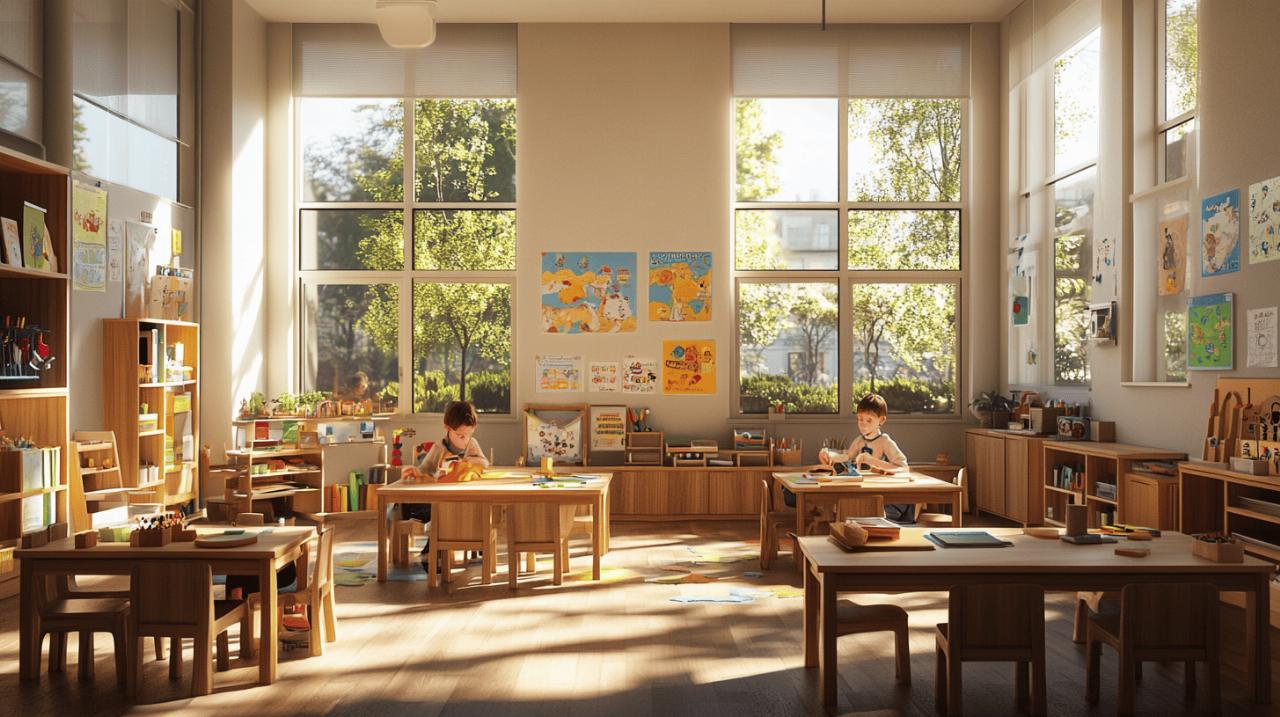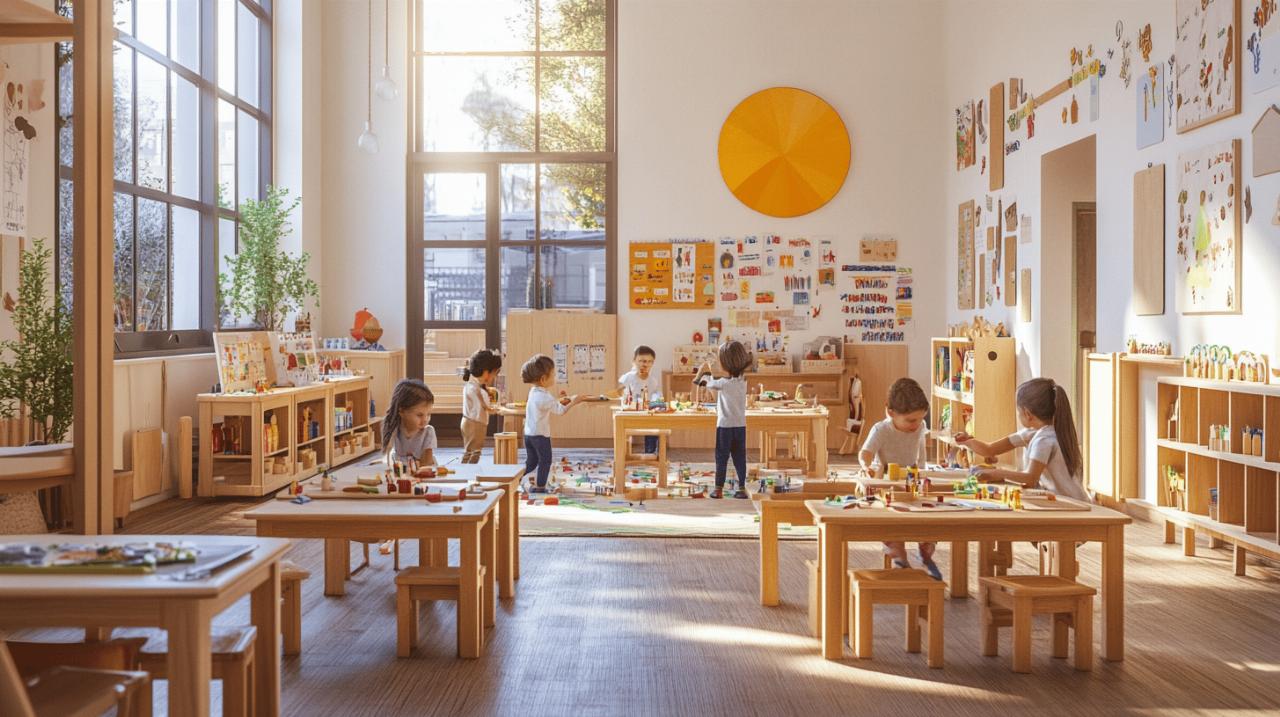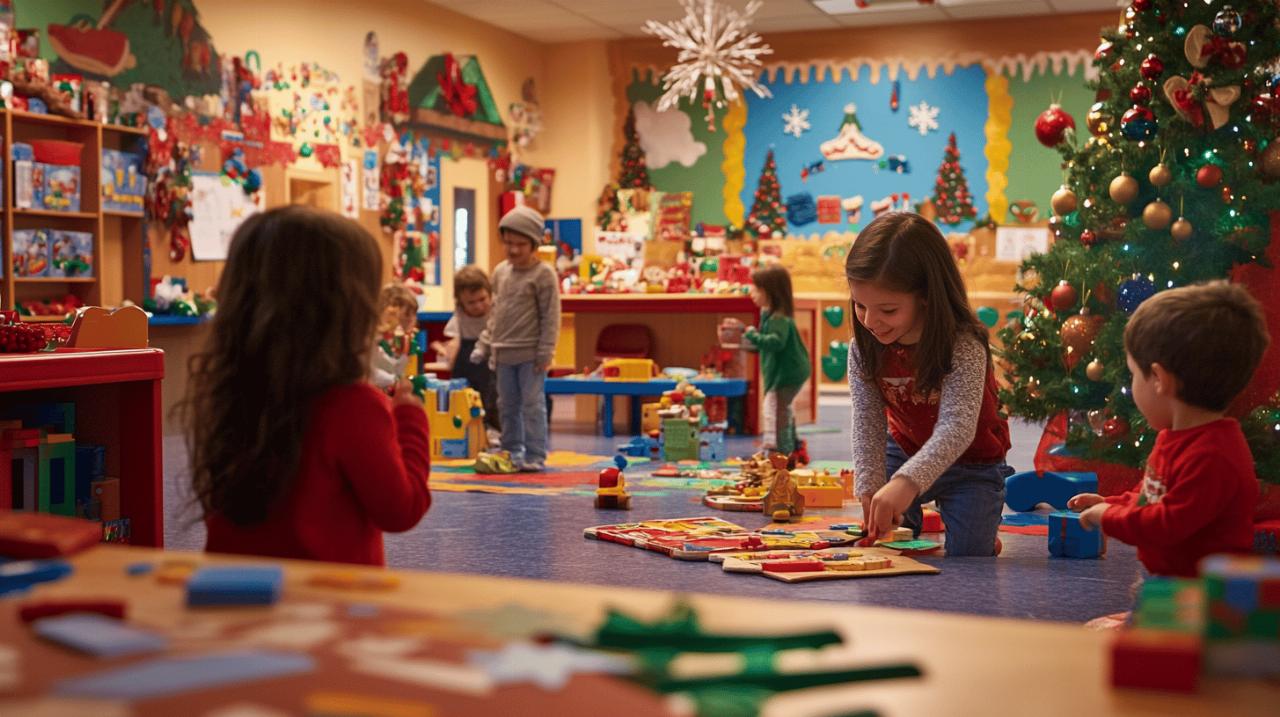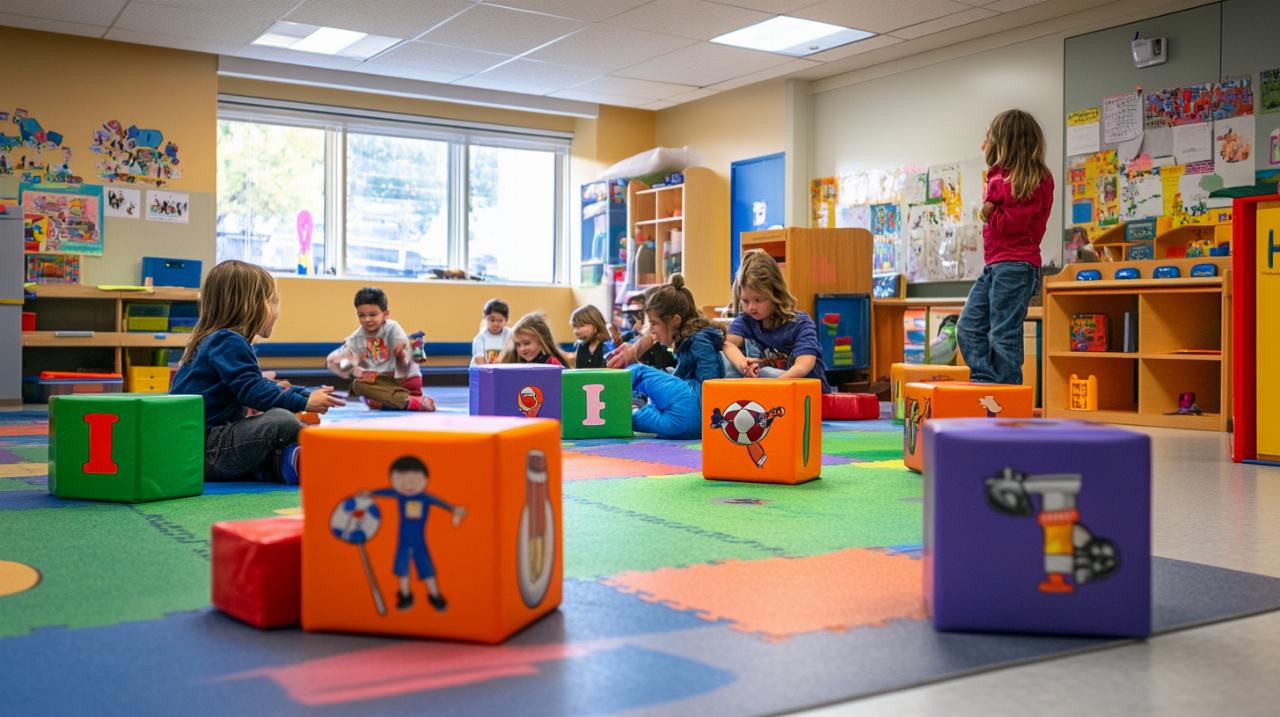Alternative education approaches have gained increasing attention in recent years, particularly as educators and parents seek more child-centered learning environments. Two of the most influential methodologies that emerged in the early 20th century are the Montessori and Freinet pedagogies. While both share a commitment to respecting children's natural development, they differ significantly in their implementation and philosophy. This article explores these differences, with particular focus on how teacher roles vary between these innovative educational frameworks.
Origins and fundamental principles
Maria Montessori's vision and educational framework
Dr. Maria Montessori developed her educational philosophy in the early 1900s, drawing from her background as Italy's first female physician. Her approach emerged from scientific observation of children's learning processes. The Montessori method emphasises hands-on experimentation and individualised learning, with children progressing at their own pace. Central to this approach is a profound respect for each child's natural psychological development. Teachers in Montessori settings require specific qualifications, typically a bachelor's degree complemented by an AMI educator degree, ensuring they understand the nuances of this sophisticated educational framework.
Célestin Freinet's pedagogical approach and core beliefs
Célestin Freinet, a French educator, developed his pedagogical approach around the same period, though with different emphases. Freinet's method evolved from his practical experiences as a primary school teacher in rural France. His framework focuses on learning through doing, with an emphasis on cooperative work and communication. Freinet believed in integrating children directly into lesson development and school organisation, making them active participants rather than passive recipients of knowledge. His philosophy gave rise to practices such as class councils where students participate in decision-making processes. In France, the Freinet approach has garnered substantial following, with approximately 3,000 educators affiliated with the ICEM-Pédagogie Freinet association.
Classroom environment and learning materials
Montessori's carefully structured materials and prepared environment
The physical environment plays a crucial role in Montessori education. Classrooms feature meticulously designed furniture and learning materials, each serving specific developmental purposes. These custom-designed resources encourage independence and hands-on engagement, allowing children to learn through discovery and self-correction. The carefully prepared environment, often featuring natural materials and thoughtfully arranged school furniture, aims to foster concentration and inspire curiosity. Every element in a Montessori classroom serves a purpose in the child's development journey, from practical life activities to sensorial experiences that build foundational concepts.
Freinet's flexible resources and practical learning tools
In contrast, Freinet classrooms embrace more flexible classroom arrangements and diverse learning resources. Rather than relying on standardised materials, Freinet education utilises a variety of practical tools that support experiential learning. The emphasis is on creating a flexible classroom that adapts to project-based activities and cooperative work. Outdoor furniture and natural environments feature prominently, as Freinet believed in connecting education to real-world contexts. Learning spaces might include workshop areas, materials for producing school journals, and resources for creative expression through writing, drawing, and theatrical activities, all supporting the active pedagogy at the heart of this approach.
Child-teacher relationship dynamics
The teacher as guide in Montessori education
In Montessori education, the teacher serves primarily as an observer and guide rather than a traditional instructor. The educator carefully monitors each child's development, introducing new materials at appropriate moments based on individual readiness. This requires a nuanced understanding of child development and the ability to support without interfering. The Montessori teacher creates an atmosphere of calm, order, and respect, stepping back to allow children's natural curiosity and drive for independence to flourish. Mixed-age classrooms are common in Montessori settings, requiring teachers to facilitate learning across different developmental stages simultaneously.
The teacher as facilitator in Freinet's cooperative learning
The Freinet teacher takes on the role of facilitator in a more socially dynamic classroom environment. Rather than directing learning activities, they help coordinate student work plans and cooperative projects. Teachers support children in expressing themselves through various media and encourage peer learning through collaborative activities. The educator facilitates class councils where students participate in decision-making regarding their learning journey. This approach demands flexibility and willingness to adapt to emerging interests while maintaining educational objectives. The teacher in a Freinet classroom must balance providing structure with allowing significant student autonomy, creating opportunities for holistic education that addresses spiritual, mental, physical, and psychological development.
Learning approaches and child development
Individual pacing and self-direction in Montessori
Montessori education places significant emphasis on allowing children to progress at their own pace. Learning is highly individualised, with children selecting activities based on their interests and developmental readiness. This self-directed approach encourages independence and builds confidence as children master new skills through repeated practice with carefully designed materials. The Montessori method recognises sensitive periods in child development—optimal windows for acquiring specific skills—and structures the educational environment to respond to these natural learning opportunities. This individual development focus creates an atmosphere where children develop intrinsic motivation rather than working for external rewards or grades.
Collaborative projects and peer learning in Freinet
Freinet education, while respecting individual development, places greater emphasis on collaborative learning experiences. Children engage in cooperative work, learning from and with their peers through shared projects and creative activities. The production of school newspapers, theatrical performances, and other group endeavours creates authentic contexts for developing communication skills and social awareness. Learning occurs through experimentation and practical application rather than abstract instruction. This approach prepares children for active citizenship by involving them in democratic processes within the classroom community, fostering both personal growth and social responsibility. The integration of diverse learning styles and abilities within collaborative projects creates a rich educational experience that values each child's contribution to the collective learning journey.
Furniture design and spatial considerations
The physical environment plays a crucial role in both Montessori and Freinet educational approaches, with each philosophy requiring specific furniture designs and classroom arrangements to support their distinct pedagogical principles. While both methods value child-centred learning, they differ significantly in how they structure the learning space to achieve their educational goals.
Montessori-specific furniture design requirements
Montessori classrooms demand meticulously designed furniture that enables children's independence and self-directed learning. Custom furniture designers like IA France specialise in creating pieces that meet these specific requirements. The furniture must be child-sized, allowing pupils to move, handle, and use items without adult assistance. Shelving units are particularly important, designed at accessible heights with open fronts to display carefully arranged learning materials that invite exploration.
The Montessori approach necessitates furniture that supports hands-on learning experiences with specially crafted resources. Tables and chairs must be lightweight so children can move them independently, fostering autonomy in creating their own workspace. Natural materials are preferred, aligning with Montessori's emphasis on connecting children with their natural environment. The entire classroom arrangement must facilitate individual work whilst still allowing for mixed-age interactions, with distinct areas for different subject domains like mathematics, language, and practical life skills.
Freinet classroom arrangements for cooperative learning
Freinet education requires a markedly different approach to classroom design, prioritising flexible arrangements that support cooperative work and experiential learning. Unlike the more structured Montessori environment, Freinet classrooms need adaptable furniture that can be quickly reconfigured for various group activities, workshops, and class councils where decisions are made collectively.
School furniture for Freinet classrooms typically includes modular tables that can be joined for collaborative projects or separated for individual tasks. The space must accommodate areas for free expression through writing, drawing, and producing school newspapers – all central elements of Freinet pedagogy. Classroom corners or stations are designated for specific activities, but with less rigid boundaries than in Montessori settings. The overall arrangement encourages pupil movement, communication, and active participation in the learning process.
While both educational approaches value child development and holistic education, their furniture requirements reflect their distinct philosophies: Montessori emphasises carefully designed materials in a prepared environment for individual discovery, while Freinet focuses on flexible spaces that support cooperative learning through practical activities and shared experiences.





